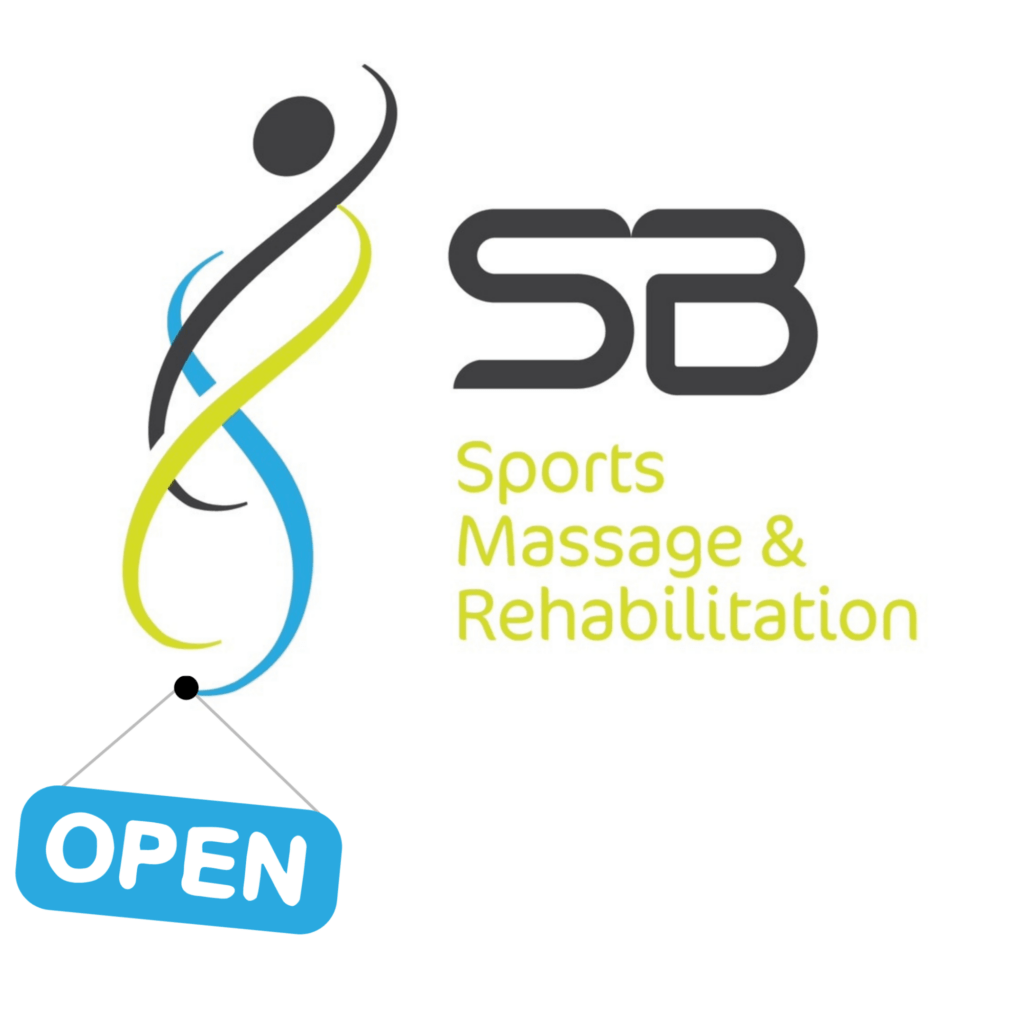Iliotibial band (ITB) syndrome is the strain and inflammation of the ITB and is one of the largest causes of pain on the outside of your knee, especially in runners, with around 12% of runners suffering from this issue. The ITB is a large band of connective tissue that runs down the outside of your upper leg. It originates from the top of the hip (the  iliac crest) and inserts onto the bony point at the head of the fibula, just below the knee at the top of the lower leg.
iliac crest) and inserts onto the bony point at the head of the fibula, just below the knee at the top of the lower leg.
The main function of the ITB is to stabilise the knee, assist with inward rotation and hip abduction. In basic terms, it supports the knee, prevents the knee from falling inwards past the midline of the body and supports the movement of the hip inwards and outwards. More women tend to suffer with Iliotibial Band discomfort. This is generally because women have a wider pelvis than men which can cause a greater degree of rotation when walking and running, placing more stress on the Iliotibial Band.
ITB syndrome is commonly caused when the ITB tissue slides over the bone on the outside of the knee. This is exaggerated in runners, as well as cyclists, with repeated flexion and extension of the knee during exercise.
Symptoms of ITB Syndrome include:
- Lateral knee pain
- Pain just after heel strike while running
- Sometimes worse when running downhill
- Worse pain the longer you exercise
ITB syndrome is caused by the sliding of the ITB tissue over the bony prominence on the outside of your knee. This repetitive movement causes the ITB to strain and become aggravated and inflamed.
But what can cause this to happen to such an extent in the first place?
1. A weakness in the glutes (buttock muscles) which causes a lack of stability around your core which can cause an increased rotation at the hip
2. Muscle tension in the groin, hamstrings, quads or glutes that can change a runner’s bio-mechanics foot pronation – rolling inwards when your foot strikes the ground
3. Flat feet – a lack of natural arch support in your feet
4. Incorrect footwear
The first step to Treatment and Prevention is having the way you walk and run assessed by a skilled practitioner which will help you establish why you are getting your knee pain in the first instance. Once this has been done and you know the cause of the issue, these are the steps you should take:
 1. Reduce the amount of strain going through your ITB in order to let the tissues rest and heal before you start your rehabilitation. Start by taking away the aggravating factors which may be running or just general lower limb exercise for a short period of time while resting and icing the ITB.
1. Reduce the amount of strain going through your ITB in order to let the tissues rest and heal before you start your rehabilitation. Start by taking away the aggravating factors which may be running or just general lower limb exercise for a short period of time while resting and icing the ITB.
2. Improve the strength in your glutes, in particular Glut Medius which is the muscle used to help stabilise your leg and stop it from falling towards midline (adduction) during running. This can be done by exercises such as crab walks, side lying leg lifts or squats with resistance bands. See our exercise page for examples.
3. Improve flexibility in the muscles around your hip and knee, namely the Glutes, Hamstrings, Quadriceps and Adductors in order for your lower body to move freely and naturally so not to aggravate your ITB more or in the future. This can be done using a Foam Roller.
4. Finally if these above steps are not helping your situation then it may be worth starting to look at your footwear and your foot posture to make sure that your shoes are giving you the correct support to give you a good base to start from.
